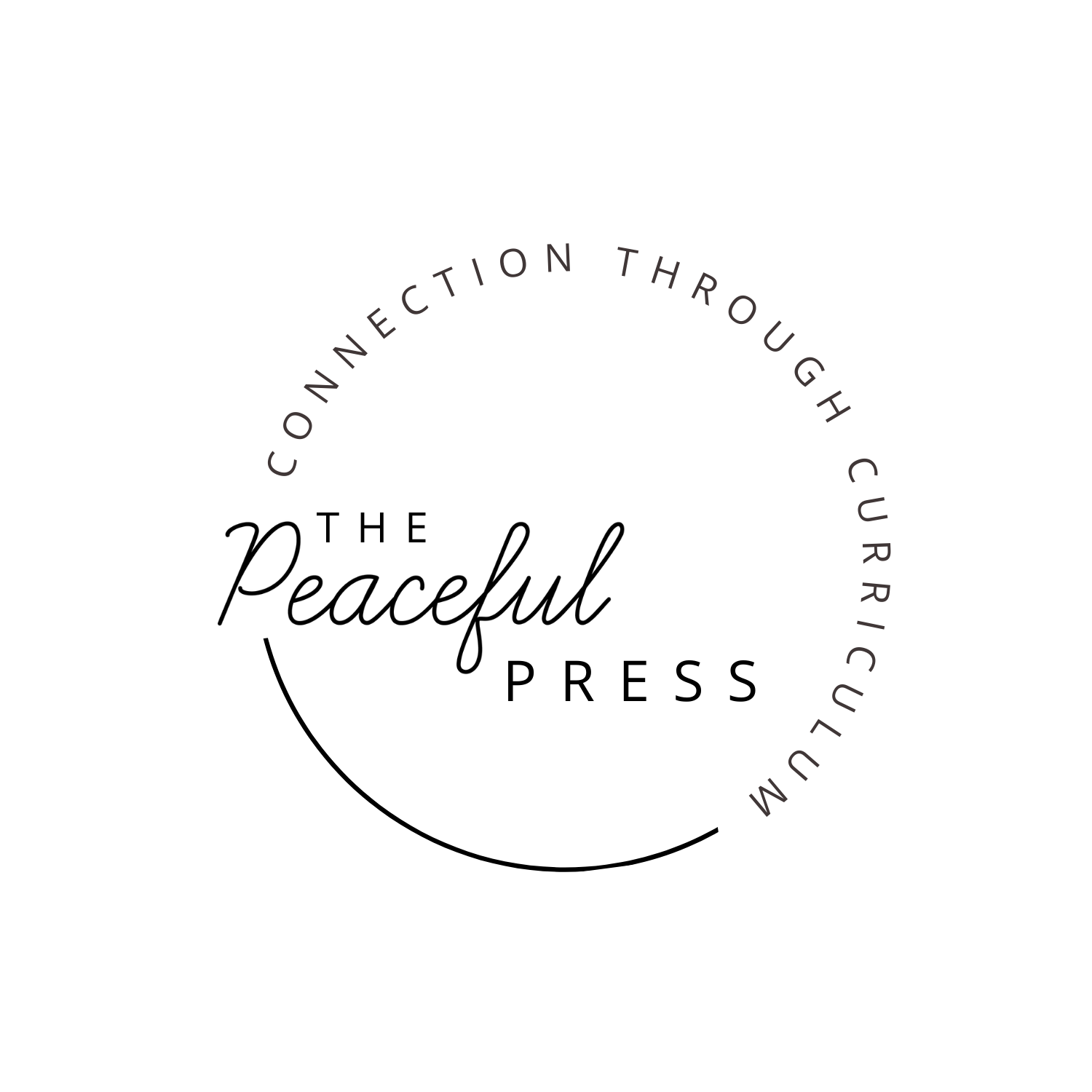Organizing Your Schoolroom
Having a carefully laid out school area is one important step to make learning easy for our children. Even when we don’t have a dedicated school room, we can take steps to organize our home to be an ideal learning environment. With a bit of planning it is completely possible to have a space that makes independent learning happen naturally.
The schoolroom organization in Reggio Emilia philosophy, point to some simple strategies to make this happen.
“In Reggio Emilia, a northern Italian town whose early childhood programs are internationally acclaimed, classrooms feature displays of children's work, collections of "found" objects, ample space for supplies (all aesthetically arranged), and clearly designated spaces for large- and small-group activities. Reggio Emilia educators stress the need for a classroom environment that informs and engages the child. They consider the physical environment to be "another teacher." And in the sense that it can motivate children, enhance learning, and reduce behavior problems, environment really is an extra teacher.”
(Shalaway)
In the homeschool, careful preparation to make learning happen naturally is even more important. Because we are simultaneously managing a home and a schoolroom, we need to have an environment where our children can keep on learning, even if we have to step away to start a load of laundry or pay a bill.
A few simple principles can help us organize our space to be this ideal learning environment.
1. Structure and Order-
When we carefully instruct our children in basic routines, we set learning and civility in motion. In an ideal learning environment, even young children are carefully taught how to do things. Children are taught how to make their bed, get dressed, brush their teeth and wash their hands as basic, preliminary lessons.
Children, from a young age may be allowed to get their own snack and drinks but they are taught how to do it and how to clean up after themselves as well.
A minimum amount of clothes are kept in drawers low enough for children to reach, and toys are also kept to a minimum so that children can easily pick up after themselves.
Tools are preferred over toys, tools such as;
In the school area, supplies are kept in well-organized containers and children are taught to replace their supplies after use. A trash can should be kept in an easily accessible place so that children can clean up after themselves.
Bookshelves are organized so that students can quickly find research materials, and maps or globes are available for geography research.
In the home, the book selection could be as minimal as a basket for science research books and a separate one for history and geography materials, or it could involve rooms full of books.
Which supplies you purchase will depend on your budget, but some basic planning and purchasing before you start schooling will make learning happen more easily for your children and will be well worth the investment.
2. Beauty- An ideal learning environment should be beautiful.
Beauty doesn't have to require a lot of money. It can involve simple things such as getting rid of broken toys, and excess furniture. It might involve hanging a beautiful map or natural history poster on the wall, or clearing a shelf for displays of children’s art work or nature finds.
It can involve putting fresh paint on a tired and chipped work table, or finding a thrifted basket to keep blankets and toys in, instead of strewing them across the floor.
Life with children involves lots of messes, but putting in the effort to keep your home an inspiring place to learn does have a big impact. Also, keeping the T.V. off and instead having a variety of lovely books, and music in addition to Bibles and musical instruments will make a major difference in the atmosphere of your school area.
4. Nature- When children have an opportunity to interact with nature it can be both inspiring and calming for them.
This is why it is important to keep your learning environment as natural as possible.
Allowing fresh air to circulate or using an essential oil diffuser to create fresh air, as well as allowing plenty of natural light in, will create the kind of calm atmosphere that keeps meltdowns to a minimum.
Bringing in a plant or small pet for your child to care for, as well as some field guides for identifying creation finds will nicely round out your natural history shelf. If you have outdoor space, let your children have recess time daily to enjoy it.
Although, these are some examples of basic things we have done to create an environment which accommodates learning, it is all grace if things go as hoped for. There are mornings where I fail to follow through on good habits and my kitchen ends up a disaster because the children have all freely helped themselves to breakfast (good), using up all the sugar, and smearing jam across the counter in the process(bad)!
Ultimately, the best thing I have done to create an ideal learning environment, is to prepare my heart by seeking God first. Only He can give me the self- discipline needed to follow through on good habits, both for myself and for my children, and only He can give me the power to forgive, both myself and my children when we fail.
However, it is better to put in the effort to create a learning environment that makes it easier for children to learn, than to not even try. It is better to receive forgiveness when you miss the mark, than to shoot for nothing.
Sources-
Linda Shalaway, Classroom Organization http://www.scholastic.com/teachers/article/classroom-organization-physical-environment





